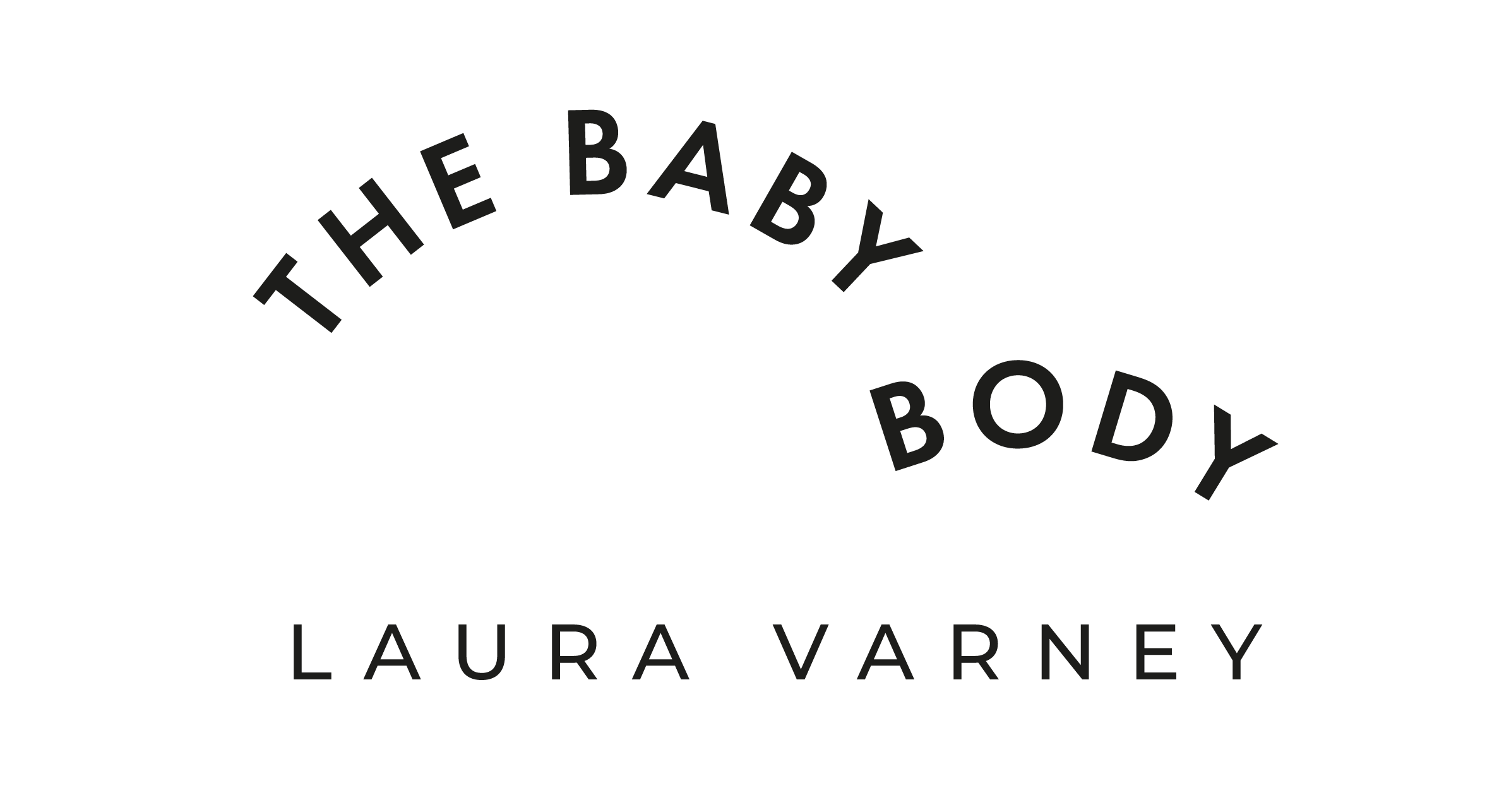Stretching 101
Stretching 101
I was in San Diego this weekend for a friend’s birthday celebration - LOVE San Diego by the way. It’s so chill and everyone we came in contact with was so friendly! Anywho, Sunday morning I was on the patio (not sipping my coffee bc the local coffee shop serves the most watered down version of an almond milk capp ever) stretching and doing a little yoga. One of our friends was like “What are you doing??”, and it was then I realized that my first instinct when I wake up is to stretch it out and get the blood flowing. Life just feels better after I’ve stretched and moved a little. I always recommend my clients stretch in the morning and night - even if it’s only for 5-10 minutes - to help maintain a mobile and flexible bod. However, I constantly get asked what type of stretching should be done before and after a workout. So here ya go:
PRE WORKOUT
Step 1 - Foam Rolling: Self myofacial release (SMR) is crucial to break up the knots in the muscle tissue to release tension and avoid injury. Apply gentle pressure to a knot or tender spot (this is where muscle fibers are in a bundled position) by laying on the foam roller and moving up and down and side to side. Some key areas to focus on: calves, tensor fascia latae, IT band (outside of your thigh from the bottom of your hip to right above your knee), adductors (inner thigh), hips and lats. Here's one of my favorite foam rollers that I keep at home.
Step 2 - Dynamic Stretching: These types of stretches use your body’s momentum to take a joint through the full range of motion. Think walking lunges, running butt kickers, walking toe touches and body weight squats. This is a great way to warm up your joints and muscles and get your blood pumping before a workout. After foam rolling, my clients go through a dynamic warmup each session that takes about 3-5 minutes.
Step 3 - WORKOUT
POST WORKOUT
Step 4 - Static Stretching: Static stretching is the type most people think of when they hear the word “stretch”. It’s when you passively take a certain muscle to the point of tension and usually hold the muscle in place for at least 30 seconds. When you hold a muscle in the stretched position for a prolonged period of time, it allows the muscle to relax and elongate. Contracting the antagonistic muscle can also enhance the intenseness of the stretch. For example, if you’re stretching your hip flexor (see the image to the right OR above if you’re reading his on your phone), contract your glutes, or if you’re stretching your hamstring (back of the leg) contract your quad (front of the leg). If performed daily, this type of stretching will cause increased flexibility over time. Stay consistent! Like I said, I recommend that ALL of my clients perform some static stretches in the morning, evening and post workout. It’s better to perform short stretch sessions consistently rather than a 45 minutes stretch session once a week. So 5-10 minutes a couple times a day every day is really all it takes.
Step 5 - Active Stretching: This type of stretching is similar to static stretching and uses reciprocal inhibition, which is the fancy way of saying one muscle group relaxes as the opposing muscle group contracts. A great example of this is a supine (laying on your back) hamstring stretch where you use your hip flexors and quads to raise your leg off the ground (contracting) and stretch the hamstring (relaxing). If you're tight in the hamstrings or calves like me, you can use a strap to help keep your leg straight and pull it closer to your face to intensify the stretch. Here's the strap I use.


